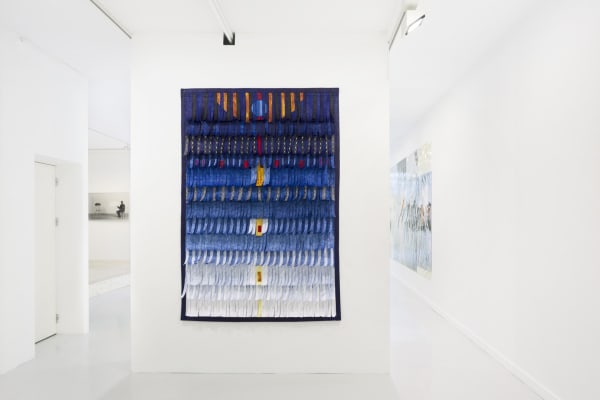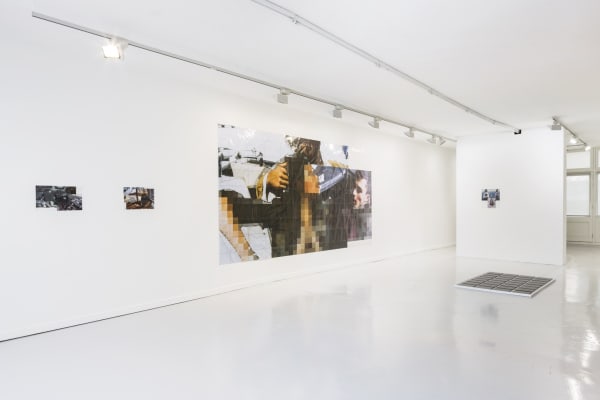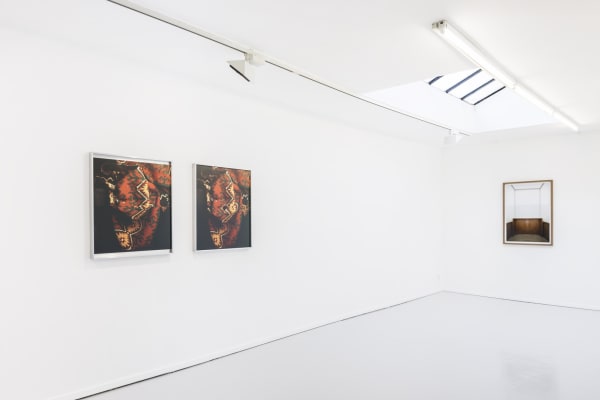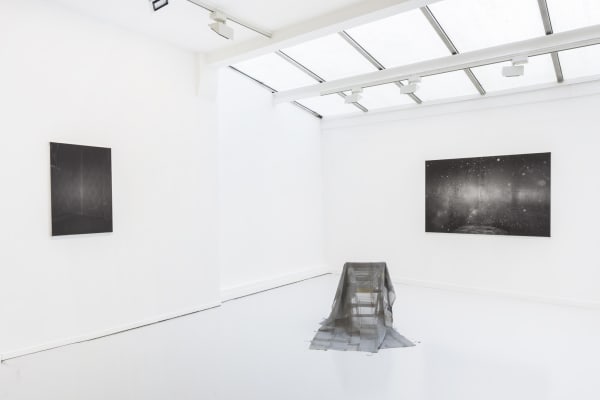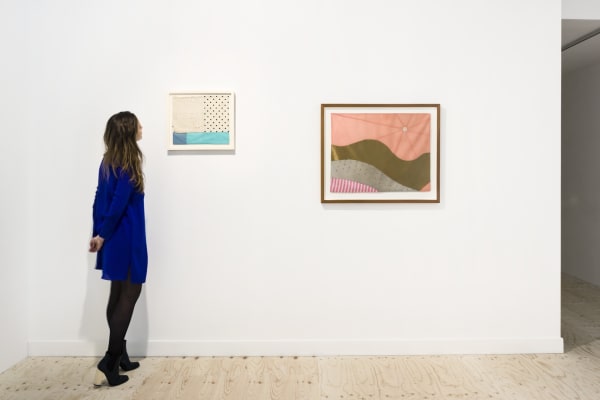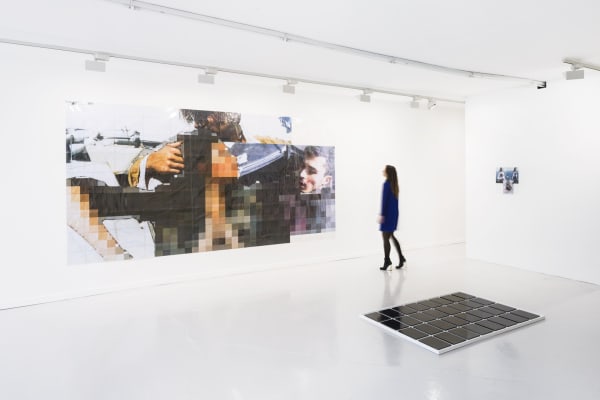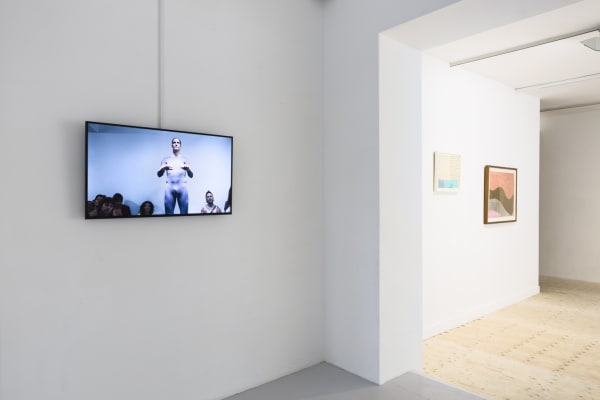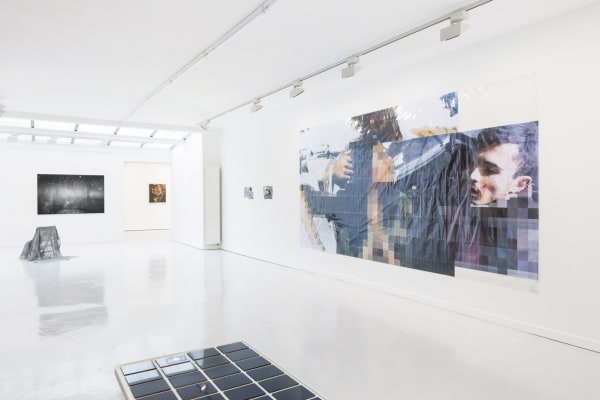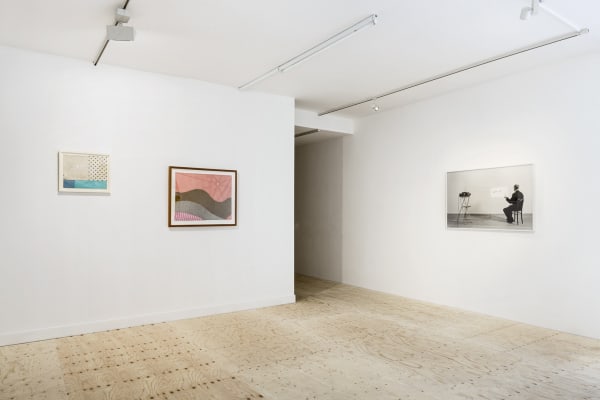The Liar’s Cloth: Group Exhibition
Kader Abdolah, Mahmoud Bakhshi, Gwenneth Boelens, Louise Bourgeois, Dirk Braeckman, Thomas Hirschhorn, Abdoulaye Konaté, Liz Magic Laser, Moshe Ninio, Ana Torfs
Curated by Nathanja van Dijk
Opening: 22 February 2018, 18:00-20:00
Performance by Kader Abdolah at 19:00
Before we get to the truth…
How true are images that lie? This inquiry lies at the heart of the group exhibition The Liar’s Cloth, which aims to renegotiate our troubled relationship with truthfulness, in the midst of the so-called “post-truth” regime. Not by posing statements about the falseness or faithfulness of images, but rather by probing the difficulty of getting at the truth. Instead of embarking on a hopeless quest for truth, the artists in exhibition The Liar’s Cloth create space for the lie.
The exhibition departs from the piece Liar’s Cloth (2017) by Gwenneth Boelens, which is inspired by a West African pattern of the same name – nkontompo ntama. The liar’s cloth originated in the 19th century during the Ashanti Empire. It is said to have been worn by the king when holding court, ‘to confute people of doubtful veracity’. This implies that there is a truth to be told and, furthermore, that there is an authority that decides on what is true. The shifting lines in the original pattern may be understood as reflecting ‘the liar’s speech’, changing course, telling one thing, than the other.
In her essay Truth and Politics (1967) philosopher Hannah Arendt notes that claims about the truth are, by their very nature, authoritarian and exclusionary. The lie on the other hand denotes the ability to imagine the world the way we would (or would not) like it to be. Arendt states that ‘truthfulness has never been counted among the political virtues, and lies have always been regarded as justifiable tools in political dealings’. The power, or rather political force of the lie, does not depend on the status quo of this or that reality, but in the imagining of another reality, a potentiality for the transgression of the boundaries of ‘truth’.
Following these lines of thought, the artists in The Liar’s Cloth propose images as sites where truth and lie neither deconstruct one another, nor unite, but are inextricably interwoven. They operate at the border between language (what can be said) and image (what can be shown) and disrupt conventional, one-dimensional truth production, questioning the use, power and efficacy of images in relation to perception and to consciences. Their images appear as uncertain truths, reminding us of the distance between the viewer and what he sees, between the actor and what he does.
… we must examine the lie
